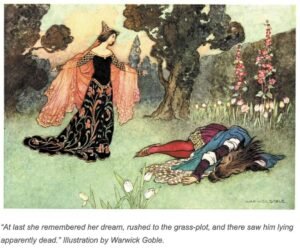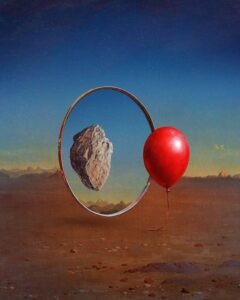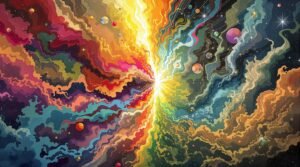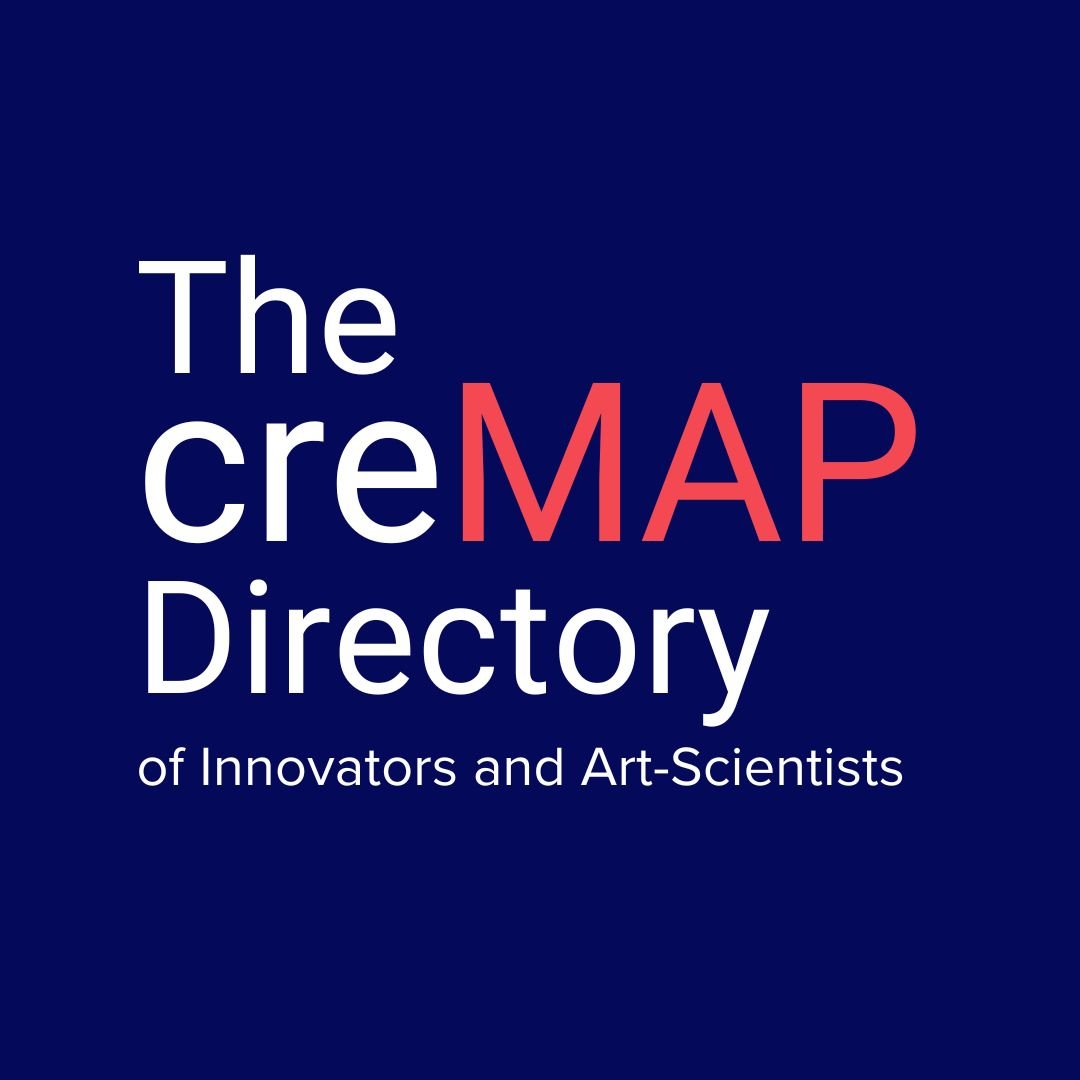At first glance, physics and dance might seem like distant worlds: one rooted in formulas and experiments, the other in movement and expression. But for Sofia Papa, a PhD student in Materials Science and a dancer, the two are not only connected, but they also belong together.
Her journey offers a glimpse into why art and science don’t have to stand apart, and how multiple ways of knowing can deepen our understanding of the world.
The Questions We Ask
Science and art are often said to be different because they use different methods. But as Sofia explains, the real difference lies in the questions they ask. Both seek to explore and communicate the world around us, but from different angles.
A scientist may ask, “How does this phenomenon work?” An artist may ask, “What does this experience mean?” Both approaches are valid, and when they overlap, new insights can emerge that neither field could reach alone.
For Sofia, the creative process is strikingly similar across science and art. In both, it begins with a question, followed by a search for ways to respond. In science, this might mean experiments, data collection and analysis. In dance, it might mean improvisation, observation and reflection.
In both cases, it’s a cycle of curiosity, testing, and discovery. “It’s all a matter of questions,” she says. “And finding creative ways to answer them.”
A Laboratory of Movement
Sofia describes her dance practice as its own kind of laboratory. Hours of improvisation, observation and writing down what emerges function much like experiments in a scientific lab. The dance studio becomes a space for testing, analyzing and generating knowledge—except the medium is the body.
By approaching dance this way, she finds patterns in movement that echo the natural sciences, from the interactions of particles to the self-assembling dynamics of systems.
Finding a Place Between
For years, Sofia felt caught between two worlds: the logical, structured world of physics and the expressive, chaotic world of dance. It was only when she began merging them that she felt at home.
“I don’t want to be more one than the other,” she reflects. “My place is exactly in the middle of these two worlds.”
That middle space, she argues, is not a compromise but a position of strength, and this balance emerged gradually. She had always been drawn to multiple forms of artistic expression, like drawing, embroidery, sewing, but dance was the medium where she truly felt a sense of belonging. Yet she did not start dancing until she was twenty, a period when she was also deeply immersed in studying physics.
“I was a bit lost in between what was expected from me and what I would like to do,” she explains. She was pulled in two directions: the world of science and mathematics on one hand, and the unpredictable world of art on the other.
But as she delved deeper into both realms, something shifted. Physics, with all its complexity, revealed to her a poetic and almost fantastical dimension of understanding the world. Dance, simultaneously, opened a space for emotional expression and connection. Immersed in both, Sofia realized that she didn’t need to choose between them. The two disciplines could inform and enrich each other, creating a unique space where her curiosity, intellect, and creativity could thrive in tandem.
“In the end, I found myself in this immersion of both physics and dance,” she says. “I found my place in the middle, and this is where I belong.”
Learning Through the Body
Sofia’s workshops bring this philosophy to life. Working with professional dancers, she introduces unusual properties of materials and invites participants to translate them into movement. Through this embodied process, they come to understand concepts that might otherwise remain abstract.
In one case, participants even wrote a physics formula together through the process of observing, moving and reflecting. Knowledge, in this way, becomes tangible and shared.
Connection and Poetry
When asked to capture the potential of art-science integration in one word, Sofia offered two: connection and poetry. For her, combining the logics of science with the freedom of art creates a kind of poetry, an ability to see the world through multiple lenses at once.
It’s a reminder that knowledge does not have a single form. Some insights are gained through equations, others through movement. And in holding both, we open ourselves to deeper curiosity, understanding, and imagination.
The integration of art and science is not about replacing one way of knowing with another, but about expanding the possibilities of how knowledge can be created and shared.
Sofia’s work shows that the lab and the dance floor are not as different as they might seem. Both are spaces for exploration, experimentation, and discovery. And when these spaces meet, they remind us that there is always more than one way to know.
Papa, S. (2025, July 8). Art-Sci Currents Season 1 Ep.3 Multiple Ways of Knowing [Interview by N. John]. The Crearte Foundation.




